The evaporative air cooler is a type of air conditioner that works by harnessing the power of evaporation to cool air temperatures. When water evaporates, it turns from liquid to gas. The highest-energy particles leave the water first, and this leads to a drop in temperature.
Evapoler’s Evaporative coolers are very effective, economical and use an environmentally friendly method of cooling. However, that there are limitations as to the appropriate uses for Evaporative Coolers. For instance, evaporative coolers must not be used in a closed and unventilated area because coolers depend on a flow of fresh air to enable the process to work. If coolers are used in an unventilated area they will simply pump humidity into that area making it very damp and this could be harming to electrical systems in that area.
This Evaporative Air Conditioning is suitable for areas with adequate natural ventilation and not sealed spaces. Whilst there are many Evaporative Coolers in use, the users are not really familiar with the real principles of how evaporative cooling works.
To provide you an instance of the principle used in evaporative cooling simply try the following experiment. On a hot summer day place your arm in a bucket of warm water and then remove it. You feel a slight chill over the wet area. This has been happened by the evaporation of the water off your arm, the very action of evaporation is the energy for the cooling. Evaporative cooling is more powerful and suitable for many applications, inexpensive both to purchase and to run and it is more effective in drier climates and can be used for everything from residential homes to large buildings such as warehouses and shops etc.
The principle used in Evaporative Cooler
Generally, water is evaporated, energy is lost from the air, reducing the temperature. Two basic temperatures are important when dealing with evaporative cooling systems.
Dry Bulb Temperature
Dry bulb temperature that we usually think of as air temperature, measured by a regular thermometer exposed to the air stream.
Wet Bulb Temperature
This Wet Bulb Temperature is the lowest temperature that can be reached by the evaporation of water only. When water evaporating into the air, the wet-bulb temperature, as compared to the air’s dry-bulb temperature, is a measure of the potential for evaporative cooling. Both bulb temperature can be used to calculate the relative humidity.
During Evaporation take place when the humidity is below 100% and the air begins to absorb water. Any specified volume of air can hold a certain amount of water vapour and the degree of absorption will depend on the amount it is already holding.
The word humidity describes how much water is already in the air; relative to the amount it is capable of holding.when the Air is saturated when it cannot hold any more water. assume, it like a sponge, if the sponge hold half as much water as it was capable of holding, it could be 50% saturated. In the case of air, we could describe the Relative Humidity as being 50%.
The Energy is needed to change water from liquid to vapour. This energy is obtained in a natural process from the air itself. The Air is entering an evaporative air cooler gives up heat energy to evaporate water. while this process, the dry bulb temperature of the air passing through the cooler is lowered.

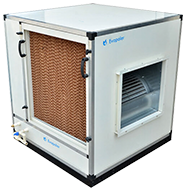

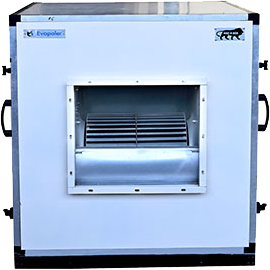
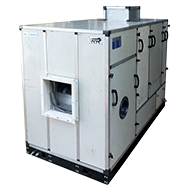
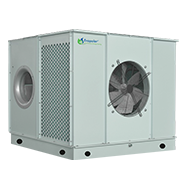
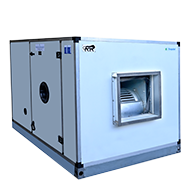
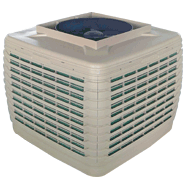




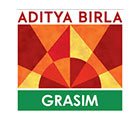





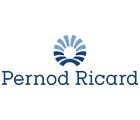














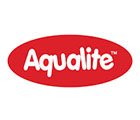





 Download Brochure
Download Brochure  Customer Care
Customer Care